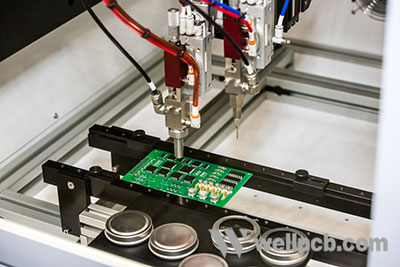A conformal coating PCB that is a protective material that you can apply to the printed circuit boards when the assembly process is in the final stage. It is a thin, non-conductive polymer that can be applied to the surface of a PCB before it is ready for packaging or use. As a PCB designer or an electronic engineer, you must use this protective coating for your PCB to ensure the durability of the products.
In this article, I will share some reasons that will prompt you to use conformal coating in your ongoing or future PCB projects. They include;
Contents
Provides Complete Protection
Conformal coatings protect circuit boards from humidity, dust, fungus, extreme temperatures, and other contaminants. In recent years, there is a higher demand for PCB that can withstand extreme environmental conditions. As a PCB designer, you must follow the trend and make PCB that is durable and reliable in such terms; hence, conformal coatings.
This coating provides resistance to various chemical attacks, such as corrosion. Without using a conformal coating, your PCB is at risk, and some fragile components can be prone to damage during exposure to extreme temperatures.
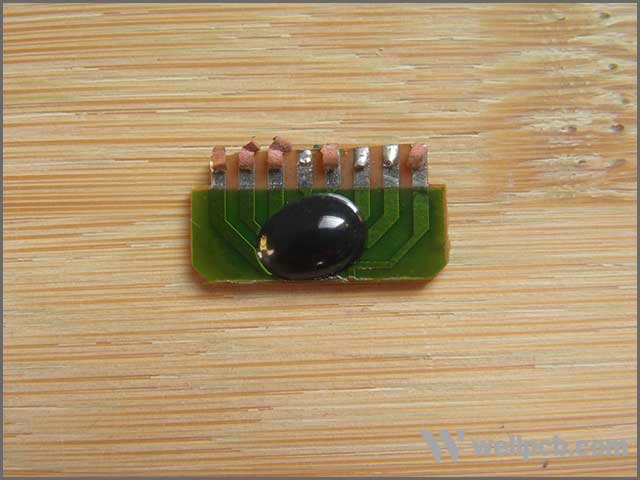
Extend the Life of PCB Board
Conformal coating not only protects a PCB to ensure reliability, but its layer of protection also expands the working life of the board, which will keep your costs low.
By applying conformal coatings on the surface of your PCB, the PCB will have an extended working life that can be up to five years and in sometimes, ten to fifteen years. Because of damage to the PCB’s vulnerable parts, which will save you buying a new product every six months or so of costs. The thin layer of a protective material (conformal coating) will protect your PCB from harm and give you the worth of your money and more for years to come. PCB conformal coatings offer reliability for long-term use, and this makes it an excellent option to consider during PCB assembly.
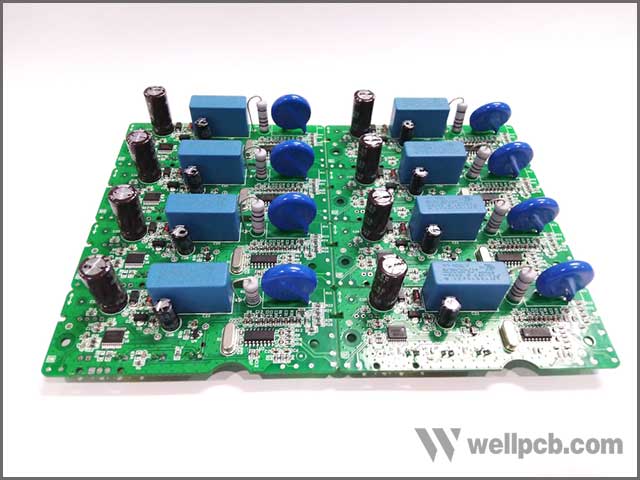
Improves Dielectric Properties
Dielectric strength is a measure of the conformal coating’s insulation effectiveness. Conformal coatings with high hydrophobic properties and lower extractible ionic impurities have a higher likelihood of repelling water.
Hence, they have a higher dielectric strength. When you apply conformal coatings to PCB, it provides an extra layer of protection for your products. Protects the PCB against corrosion.
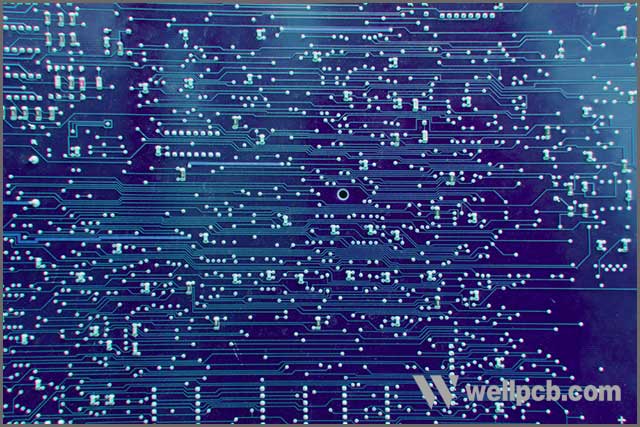
You Can Apply it Easily.
There are various ways you can use conformal coatings on your PCB. The extra protection conformal coatings offer makes the circuit boards durable and reliable. Some ways to apply layers include Dipping, Brushing, and Spraying.
• Dipping
You can use this technique when producing many PCB as the coating penetrates every component. It is not the best technique for conformal coating as it leads to leakage. Also, it is not suitable for many circuit boards. However, as a PCB designer or an electronic engineer, if you design the PCB with Dipping as the form of coating technique during the design process, it will be more comfortable and productive.
• Brushing
You can use this technique when producing a few PCB. Just as the name implies, you can brush the coating on the surface of the PCB to ensure a longer life span and reliability of your PCB. For low volume, repairing, and finishing, you can use the brushing technique. One advantage of using Brushing is that it causes bubbles. You must have the right skill sets and experience when using this method of coating.
• Spraying
You can achieve this by using spray bottles or guns to apply the layer to the PCB’s surface. If you produce low volumes or medium volumes of PCB, this is the best method to use. It has more advantages than brushing and dipping. With the right experience and skillset, Spraying is the best option for coating your PCB. However, Spraying does not allow deep penetration of some components, and this can be a problem if you want the coating to reach some parts.
It saves your time, energy, and money. To prevent slumping, a common problem of Spraying, add a second layer of the coating by brushing or dipping. For better results, use atomized Spraying, a surface that requires standing at a distance from the PCB where the sheet atomizer completely.
Another form of Spraying is the automated method, which is often faster than manual Spraying. By doing an extensive evaluation of your PCB design, you will know the coating method suitable for your design.
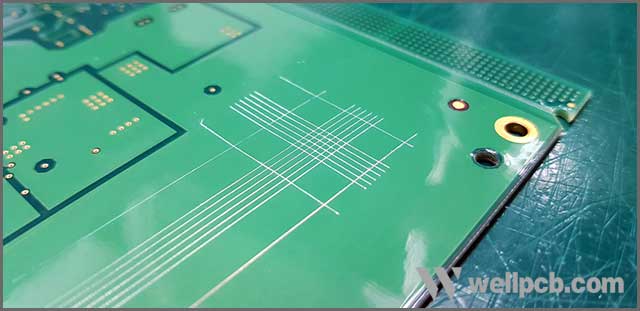
Saves Time and Cost
Conformal coatings are cost-effective, and the various available methods of using the layers save time. The application process is simple and time-effective. Like most manufacturing processes, the application methods of conformal coating have taken a new turn in recent years; hence, the movement from manual to automatic application mode.
From Dipping and spaying, the application mode has shifted to selective, robotic coating processes. Depending on your budget and the quantity of PCB you want to produce, conformal coatings are cheap and time-effective.
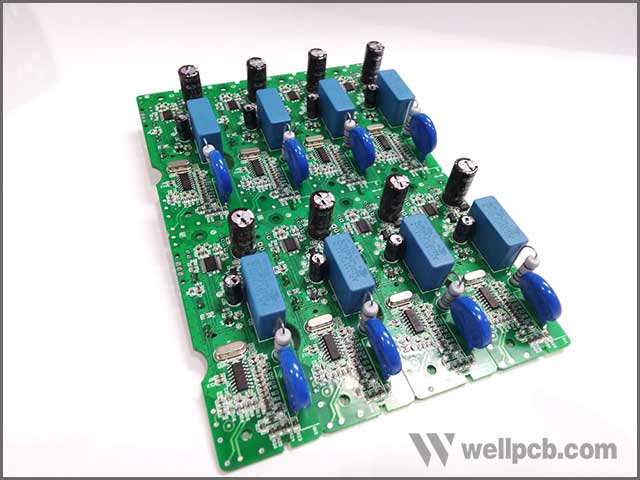
Protects Sensitive Information
By applying the right amount of conformal coating on your PCB, it can protect sensitive components from exposure to extreme temperatures. When designing your PCB, some parts might be prone to damage. Harsh conditions like rain, dust, heat, amongst others, can reduce the life-span of the PCB. Using a conformal coating on your PCB can help reduce the need for replacement or repair after a short period of use. It also serves as a protection for the fragile components of PCB.
As a PCB designer or an electronics engineer, conformal coatings to the circuit board protect the most fragile part of the board and the board’s circuits. The protection this coating gives the printed boards extend the life of the components, the PCB, and the system you will install them. Because of the dangers attached to PCB failures, it is essential to protect the PCB’s sensitive components, hence the use of the conformal coating.
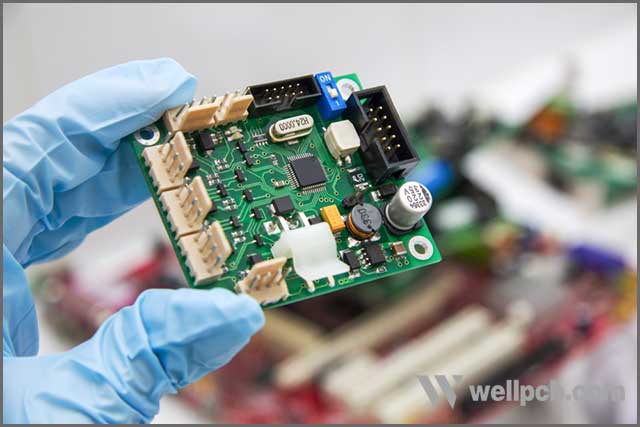
More Knowledge of Protective Coatings
Flexibility
The conformal coating must achieve a level of flexibility that will ensure that all the board’s components and parts get sufficient layers with no form of cracking. Proper softness also ensures that the PCB movement from one location to another will not damage the surface. Also, the flexibility level of conformal coating ensures that the PCB has room for expansion and contraction without cracking.
There are different conformal coatings. They include;
Acrylic resin
a conformal coating with the right level of elasticity and offers adequate protection to the PCB components. The acrylic coating has high dielectric strength, and it is easy to remove. If you have a low budget and your finished goods will not contact solvents and other solvent vapors, you can use acrylic resin for your PCB.
Epoxy conformal coating
It provides a hard layer of protective covering for your PCB and withstands humidity and corrosion, unlike acrylic resin. It makes it a better option for PCB whose end product will be susceptible to harsh conditions like heat, dust, rain, etc. However, unlike acrylic resin, it is not very flexible and easy to remove. It can cause PCB to crack during expansion and contraction.
Silicone resin
It protects circuit boards in extreme temperatures, and it is highly flexible. It prevents corrosion and withstands humidity. Because of its rubbery texture, it is not abrasion-resistant. Also, the removal of silicone resin is difficult as it requires special solvents to dissolve.
Urethane resin
The provides PCB with excellent protection against humidity and corrosion. It is abrasion-resistant, and you can use it to make circuit boards susceptible to harsh environmental conditions. It is flexible and does not cause stress on the components of the printed circuit boards. However, the removal of urethane resin is difficult as it requires special solvents to dissolve.
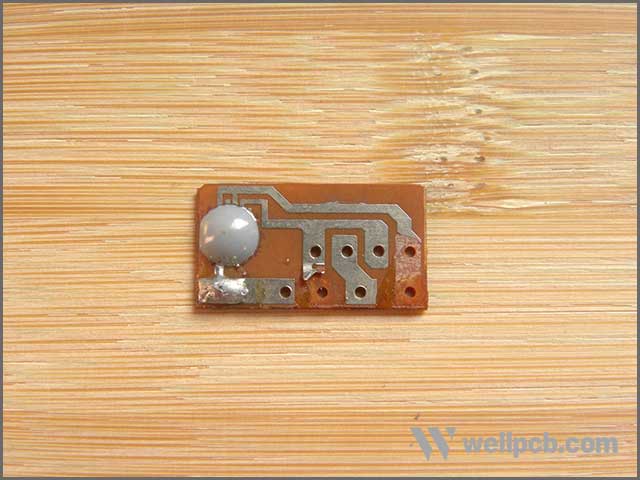
Conclusion
Using the wrong surface coating on PCB can damage the circuit boards. It can also cause wastage of time, money, resources, and energy. As a PCB designer or an electronics engineer, choosing the perfect coating for the PCB you are manufacturing is essential. Choosing a conformal coating has many advantages. It protects the circuit boards from vibration, moisture, dust, rain, heat, and other harsh conditions. The choice of conformal coating you use for your PCB project depends on the quantity of PCB you are producing, your budget, the operating environment, and your specific standards. (Learn more on how to choose The Right PCB Conformal Coating)
Are you looking for a PCB designer with the right skills set and experience for your PCB coating project’s success? WellPCB is your go-to circuit board designer. We specialize in correct PCB service provider. Thankfully, there are various PCB manufacturing, PCB assembly services, including conformal coating, etc. Contact us today to book an appointment and allow us to add value to your ongoing and future PCB projects.
